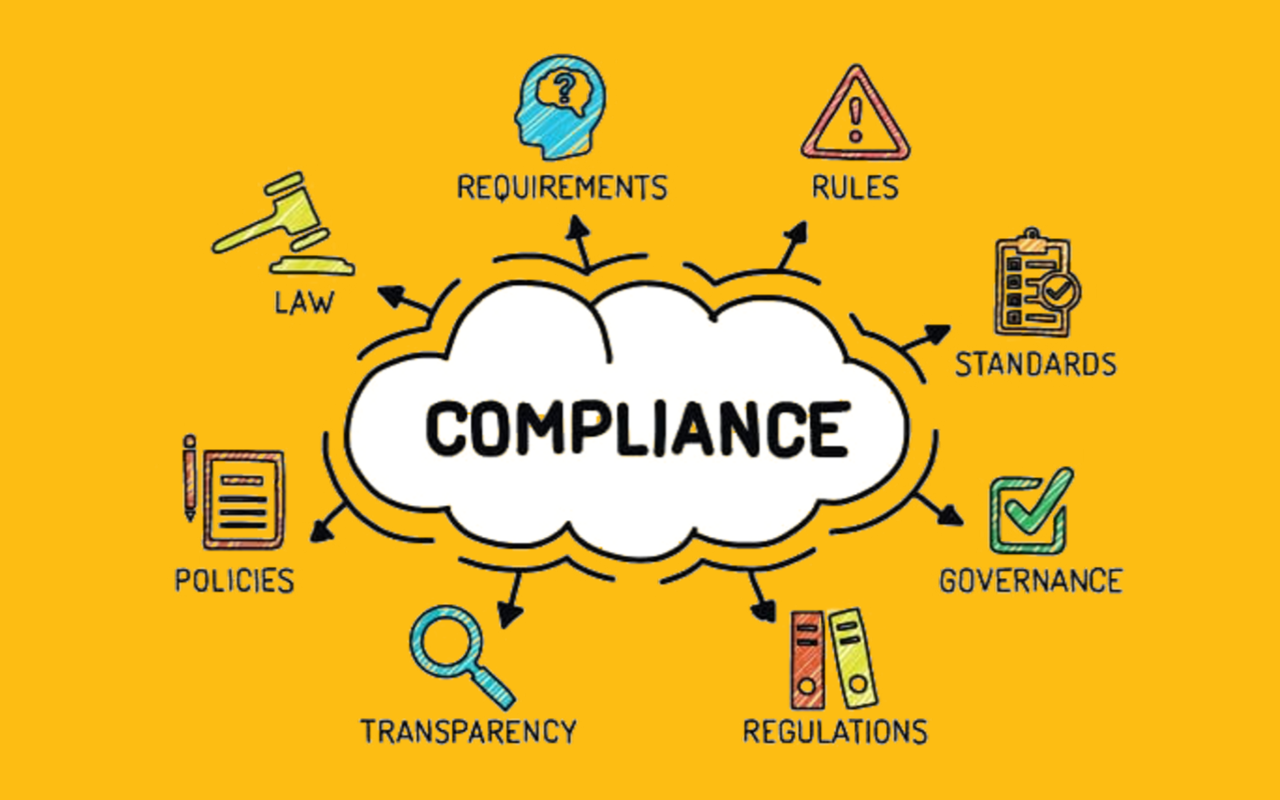In 2014, the World Bank Ease of Doing Business ranked India at 142 among 190 countries around the world. A country is ranked on the basis of its performance on 10 parameters which affect the life cycle of a business in that country. It is quite obvious that our regulatory and compliance environment has been complex, ambiguous and not designed to enable ease of doing business.
As a result, organisations need a lot of resources and expertise to stay compliant. This situation deteriorates quite exponentially as the geographical footprint of the organisation increases. At Avantis, we have worked closely with CXOs and Compliance officers of over 1000 Legal Entities in India. Here are the top five compliance challenges faced by Indian organisations.
1.0 Lack of Expertise
Any medium or large-sized Indian organisation deals with over 100 Acts, hundreds of Licenses / Registrations, a few thousand Compliances and several hundred filings a year. These compliances span Central, States, Union Territories, Regulators and Local Governments. Being Compliant requires a convergence of expertise, processes and technology. A typical Indian organisation does not have in-house expertise, lacks processes which cut across many different functions/departments and largely operates in a manually intensive environment.
As high as 90% of the organisations in India do not have a comprehensive list of all applicable Acts and Compliances. There is a lack of awareness on operational, financial and reputational costs of poor compliance.
You might also be interested to read: Guidelines to Build Trust Through Corporate Governance
2.0 Lack of Resources
Most large organisations in India have a team of no more than 2-3 people dedicated to compliance management. In mid sized organisations, the numbers are 1-2 people. In majority of the cases, the team is constituted of Company Secretaries who play an additional role of organisational compliance besides Company Law.
3.0 Lack of Awareness at Management Level
In over 80% of cases we find that KMPs(Key Management Personnel) such as Directors, Board Members and CXOs have poor understanding of organisational compliances and their respective roles. As a result, they are unable to set the right tone at the top and provide the required supervision to their staff. As a result, compliance discussions end up being uncomfortable and typically take a back seat in boardrooms.
4.0 Lack of Access to Timely Legal Updates
India’s regulatory environment is highly dynamic. Laws change at least 15 times a day on an average. These changes are published as updates on over 2,000 government websites as and when they occur. These updates pertain to changes in procedures, dates, penalties, calculations, applicable duties among others. There is no simple way of obtaining the relevant notifications for your business.
5.0 Lack of Digitization in Compliance Tracking and Management
Over 95% Indian organisations operate at C&C 1.0 level i.e ad-hoc, paper based and people dependent. They manage compliance status in spreadsheets and use emails and phone calls for following up. There is a lack of transparency, accountability, timeliness and ownership. This leads to several instances of missed compliances every month, and the consequent fallout of statutory notices and penalties. Often crucial documents cannot be found, for example copies of historical challans, working files and statutory registers. As a result, key management personnel often are seen operating under stress and fire fighting mode.
It is time the industry readies itself to embrace the power of digitisation and migrate to C&C 2.0 framework of predictable, process oriented and digital compliance management. Digitisation presents a huge opportunity and brings tremendous improvements in efficiency, productivity and control. It enables an organisation to scale.
Written by Rishi Agrawal
CEO at Avantis Regtech Pvt. LtdAvantis Regtech is India’s leading Digital Compliance Platform. It packs the power of web, mobile, analytics and cloud in a multi-tenant SAAS model. The Compliance officer is enabled with real time dashboards empowering them with a comprehensive view of the status of compliance based risks, categories, entities and geographies. This enables them to make appropriate interventions to contain risks arising out of non-compliance resulting in improvement in on-time compliance. Essentially, it leads to a shift towards towards greater accountability and transparency and the ability of the management to provide more transparent assurance to the board has improved drastically.






